
Report
Information Heterogeneity and Intended College Enrollment
Read or listen offline
Amazon Kindle
автоматическое преобразование текста в аудио
1×
Войдите, чтобы прослушать аудиоверсию краткого изложения.
автоматическое преобразование текста в аудио
Recommendation
Most US households inaccurately perceive the costs and benefits of a college education, and that may be why college enrollment has stagnated. That’s the conclusion Fed economists Zachary Bleemer and Basit Zafar reach, albeit with caveats, in their leading-edge research. The authors make a valuable contribution by highlighting how individual assessments can have significant impacts on the broader economy. getAbstract recommends this scholarly report to educators, administrators and those concerned with reversing America’s educational lag.
Summary
About the Authors
Zachary Bleemer is a senior research analyst at the Federal Reserve Bank of New York, where Basit Zafar is a senior economist.








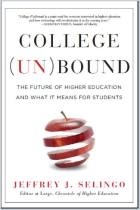
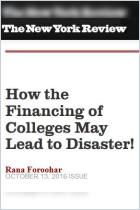
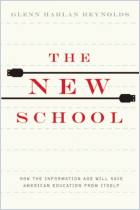
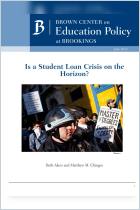
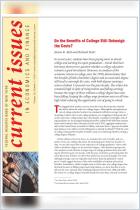
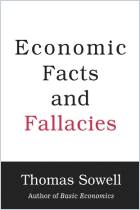





Comment on this summary